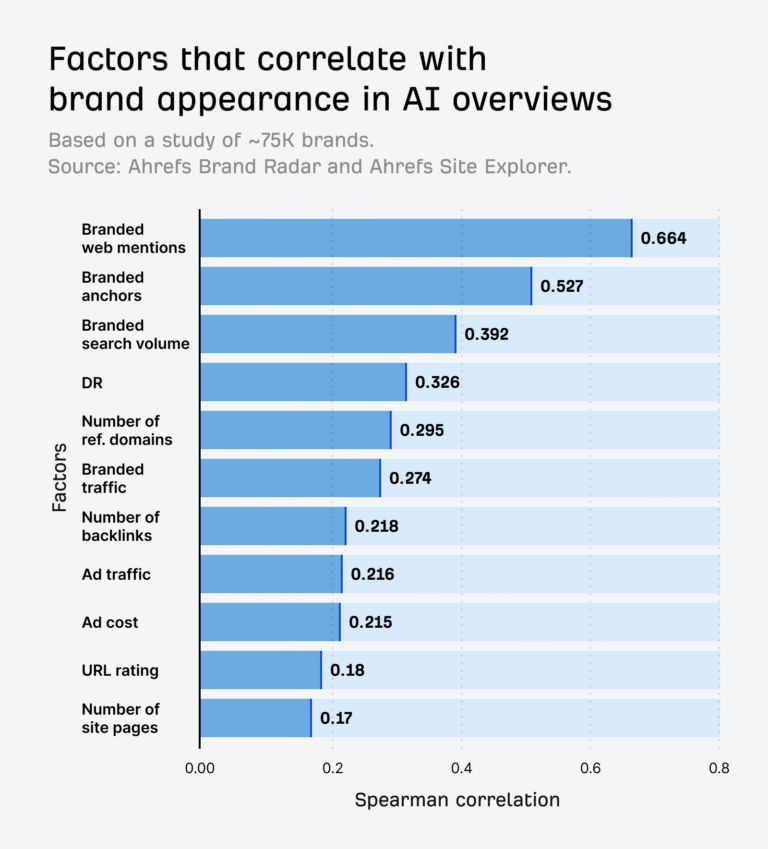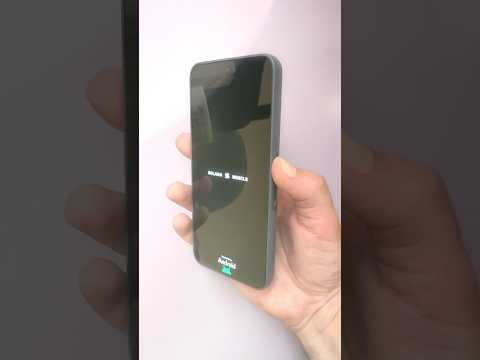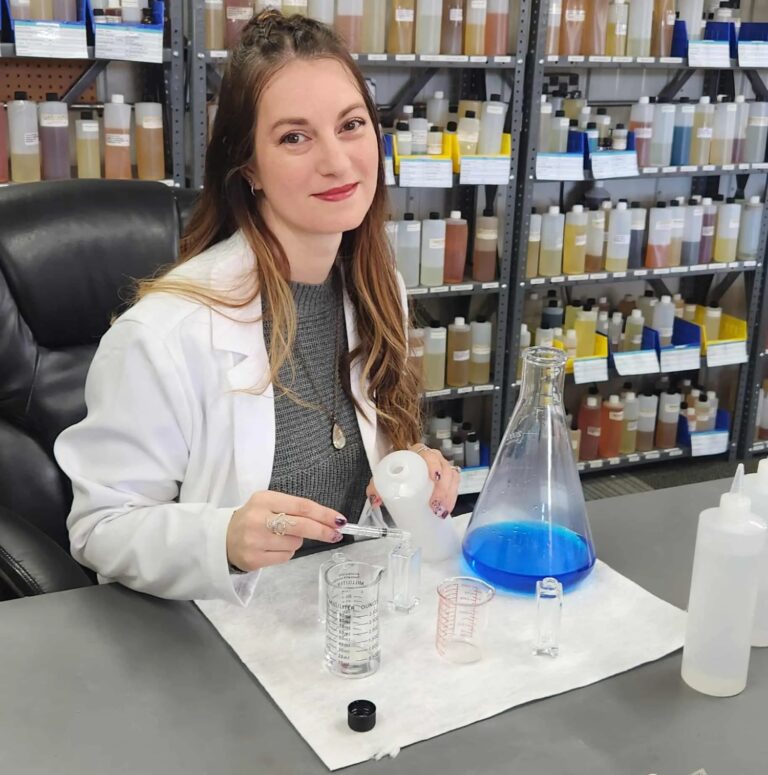AI assistants mention brands constantly but they rarely include links. When I tracked brand mentions for Ahrefs across six AI platforms, I found they linked to Ahrefs as rarely as 10% of the time for AI Overviews, and as often as 50% of the time for Perplexity.
But here’s what matters more: in our case, the mentions that do include links appear on high-volume queries. This means your actual visibility—measured in impressions rather than raw citation counts—can be far higher than your link percentage suggests.
In this analysis, I’ll show you how tracking mentions alone paints an incomplete picture, why search volume is your best proxy for AI prompt popularity, and how to measure your own brand’s AI citation rate.
A quick note on terminology
Throughout this article, I’ll use three terms:
- Mentions: When AI says your brand name in a response.
- Citations: When AI includes a link to your website.
- Impressions: Mentions weighted by Google search volume to estimate potential exposure.
The source of the data is Ahrefs Brand Radar.

![Ledger Wallet Hidden Feature! [Security Key App]](https://fastdomain.asia/wp-content/uploads/2025/03/ledger-wallet-hidden-feature-security-key-app.jpg)




